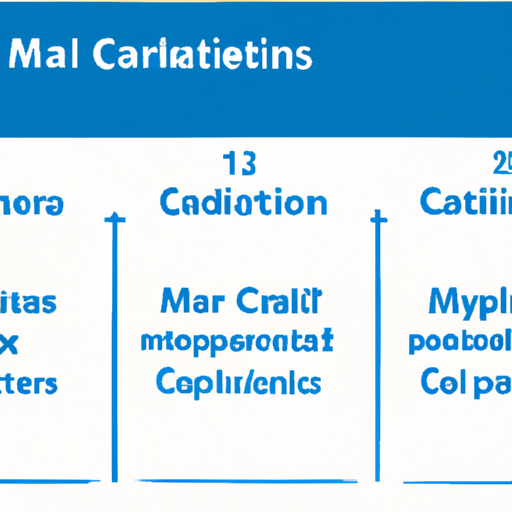Ceramic capacitors are one of the most widely used types of capacitors in the electronics industry. They are known for their reliability, high capacitance values, and low cost, making them a popular choice for a wide range of applications. In this article, we will explore the parameters that define mainstream ceramic capacitor product lines and how they impact their performance.

2. Voltage Rating: Another important parameter of ceramic capacitors is their voltage rating. The voltage rating of a capacitor indicates the maximum voltage that the capacitor can safely withstand without breaking down. Ceramic capacitors are available in a wide range of voltage ratings, from a few volts to several hundred volts. It is important to select a capacitor with a voltage rating that is higher than the maximum voltage that will be applied to it in the circuit to prevent damage.
3. Temperature Coefficient: The temperature coefficient of a ceramic capacitor is a measure of how its capacitance value changes with temperature. Ceramic capacitors are available in different temperature coefficients, such as X7R, X5R, and C0G. The X7R and X5R capacitors have a moderate temperature coefficient, making them suitable for general-purpose applications. The C0G capacitors have a very low temperature coefficient, making them ideal for applications that require stable capacitance values over a wide temperature range.
4. Tolerance: The tolerance of a ceramic capacitor refers to the allowable deviation in capacitance value from the specified value. Ceramic capacitors are available in different tolerance values, such as ±5%, ±10%, and ±20%. Capacitors with tighter tolerances are more precise in their capacitance values, making them suitable for applications that require high accuracy. Capacitors with looser tolerances are more cost-effective and can be used in applications where precise capacitance values are not critical.
5. Package Size: Ceramic capacitors are available in a variety of package sizes, ranging from small surface-mount packages to larger through-hole packages. The package size of a capacitor can impact its performance, as smaller packages have lower parasitic inductance and resistance, leading to better high-frequency performance. Larger packages, on the other hand, may have higher power handling capabilities and better heat dissipation.
6. Dielectric Material: The dielectric material used in ceramic capacitors plays a significant role in their performance. Common dielectric materials used in ceramic capacitors include Class 1 (C0G, NP0) and Class 2 (X7R, X5R) dielectrics. Class 1 dielectrics have a very low dielectric loss and stable capacitance values over temperature and voltage, making them ideal for precision applications. Class 2 dielectrics have higher dielectric losses and temperature coefficients but offer higher capacitance values and are more cost-effective.
7. Frequency Response: The frequency response of a ceramic capacitor refers to how its capacitance value changes with frequency. Ceramic capacitors have a frequency-dependent capacitance value due to their parasitic inductance and resistance. Higher frequency ceramic capacitors are designed to minimize these parasitic effects and maintain stable capacitance values over a wide frequency range. It is important to select a ceramic capacitor with a frequency response that matches the requirements of the application.
In conclusion, ceramic capacitors are versatile components that are used in a wide range of electronic applications. Understanding the parameters that define mainstream ceramic capacitor product lines is essential for selecting the right capacitor for a specific application. By considering factors such as capacitance range, voltage rating, temperature coefficient, tolerance, package size, dielectric material, and frequency response, engineers can choose the most suitable ceramic capacitor for their design requirements.






